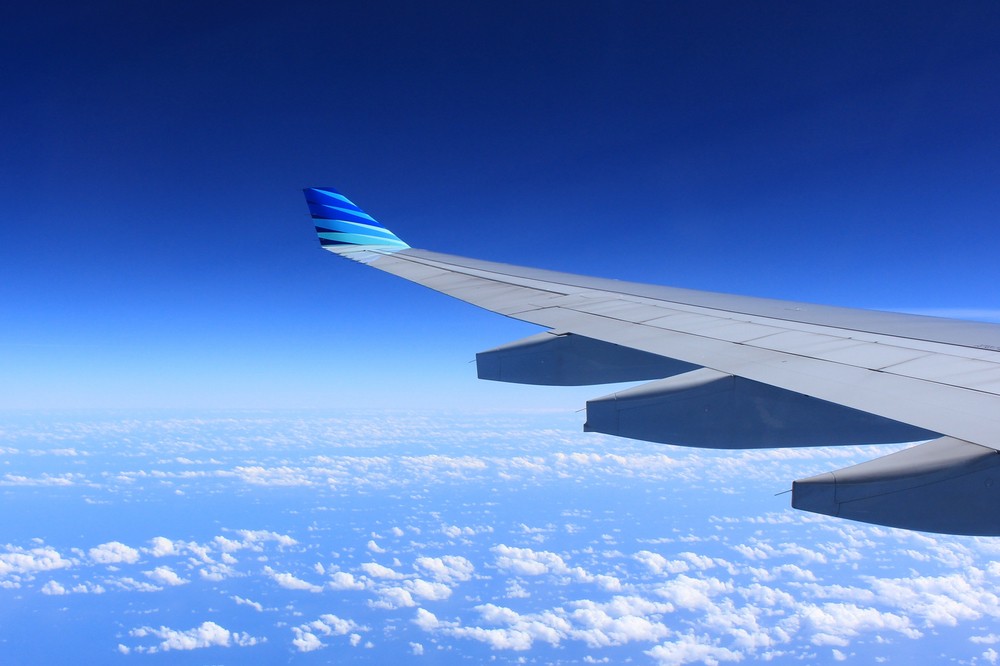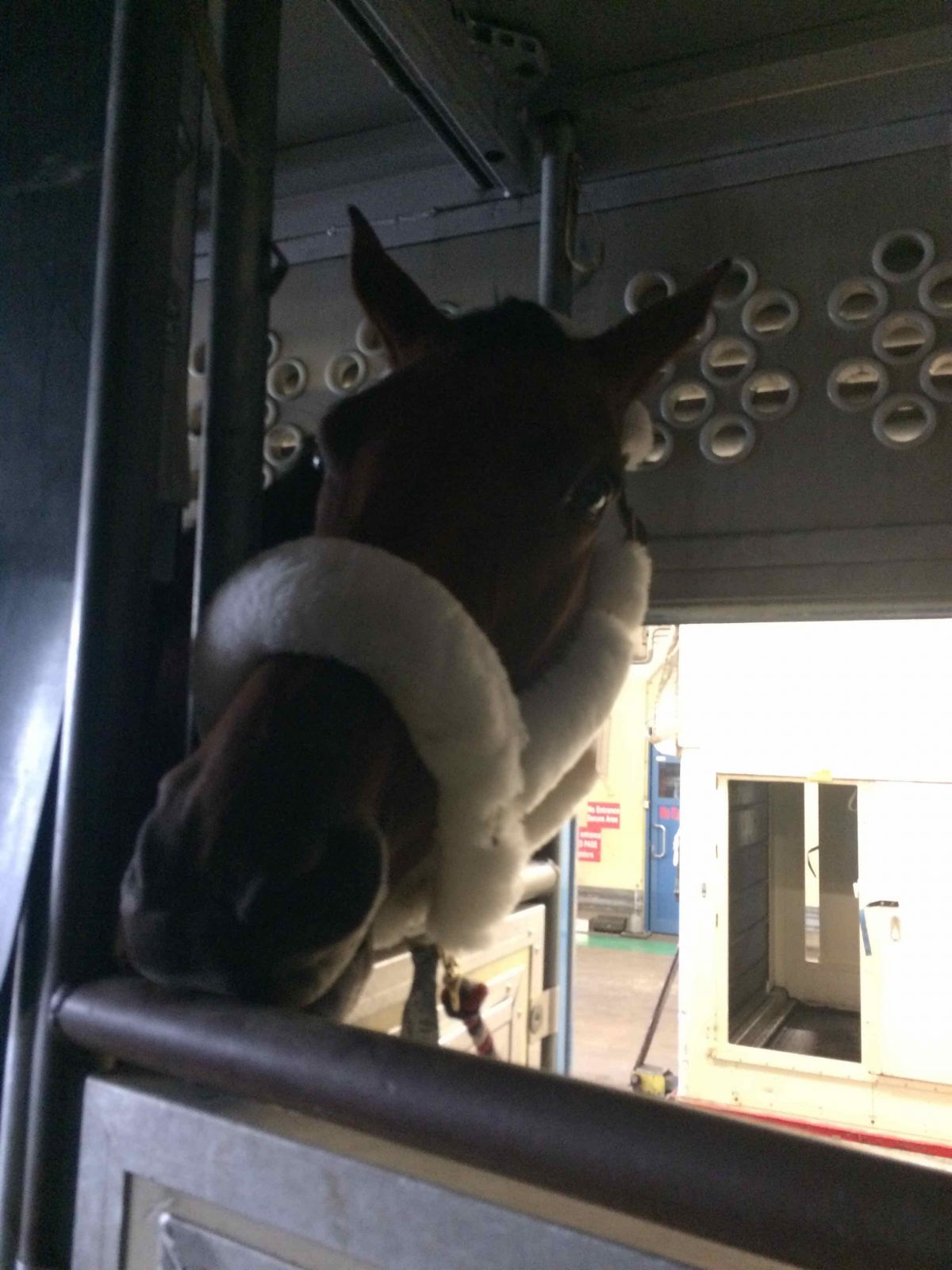Flying with Horses, Presented by Wahl

By Liv Gude of Professional Equine Grooms, special contributor to Heels Down Magazine
Any horse moving from country to country needs to have lots of check marks in lots of boxes. Your horse must be fully vaccinated and have a clean bill of health. A health certificate will be issued by a veterinarian in your horse’s country of origin. The country of origin must be free of CEM (contagious equine metritis) and your horse must not have come into an area that has any number of horse diseases, such as African horse sickness, dourine, glanders, surra, epizootic lymphangitis, ulcerative lymphangitis, equine piroplasmosis, or equine infectious anemia (EIA). Believe it or not, this is not a complete list.
Then, when your horse gets to the United States or Canada, he gets to spend about three days in quarantine. This is usually done at a facility close to the airport. Geldings are released from this quarantine to their final destination. Mares and stallions must move on to another quarantine facility, sometimes hours away from the airport. Mares spend about two weeks there, while stallions spend about five weeks. These quarantine stations are established to test the imported horses for more diseases, as breeding activities can spread such diseases as CEM.
Now to the logistics portion. There are a few airports in Europe that ship horses; Amsterdam is common. In the US: New York, Miami, and Los Angeles also ship horses internationally. You and your team need to figure out how to get your European horse to Amsterdam; sometimes this takes a long trailer ride, maybe a stop or two, and then arrival at the airport. Landing after your flight stateside, your horse is moved to the quarantine area and then released to you a few days later – or you may need to make arrangements for a trailer ride from the airport to a quarantine station for mares and stallions. Then your horse can get on another plane or ground transport to your barn!

In the US, there are flights on specially equipped planes in which the horses load via a ramp and the open stalls are built around the horses. These flights have specially trained grooms to load, unload, build, and take down the stalls. There is room for hay and water on these flights also.
For a horse, the feeling of flying is a similar experience to being in a trailer. They know there is movement, but they likely have no idea they are flying. Many horses whinny during takeoff and landing to “pop” their ears, although many don’t seem to notice or mind at all.
It’s important to remember that your new horse’s world will be upside down! He’s leaving a barn, horse buddies, his people, the climate, and headed somewhere brand new. Travel places a significant amount of stress on horses, so be prepared to spend many days (or longer) to let him recover from travel stress. Then you can spend many months getting to know your new guy. Have fun!


